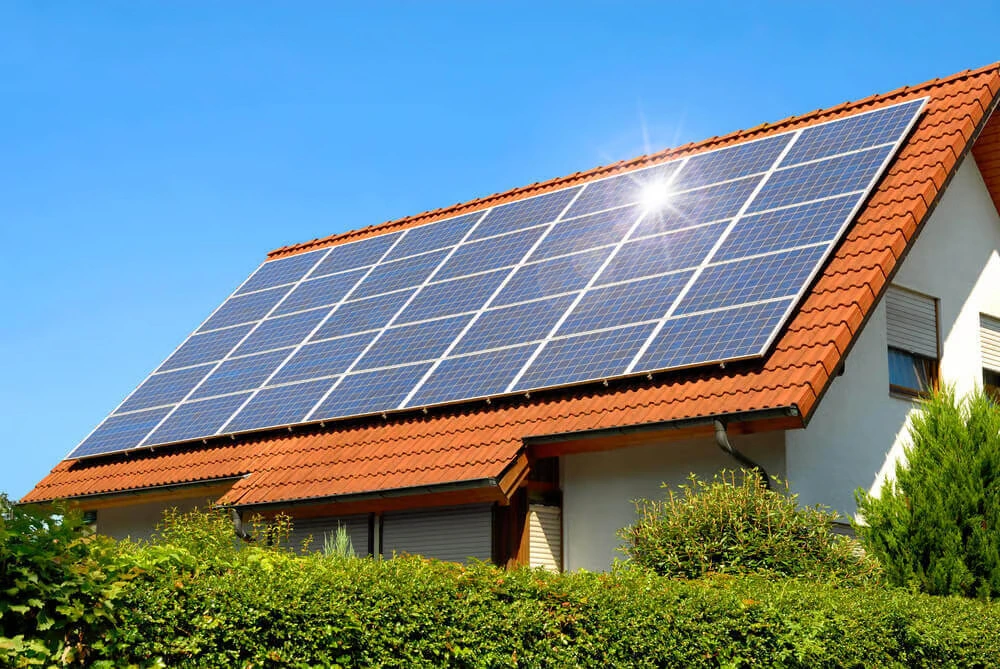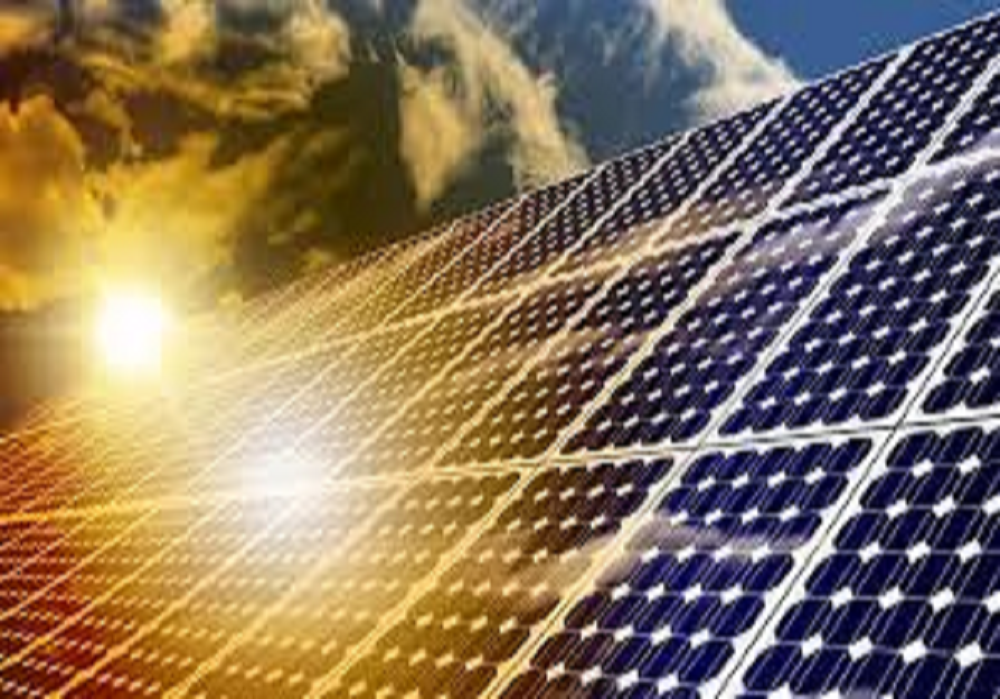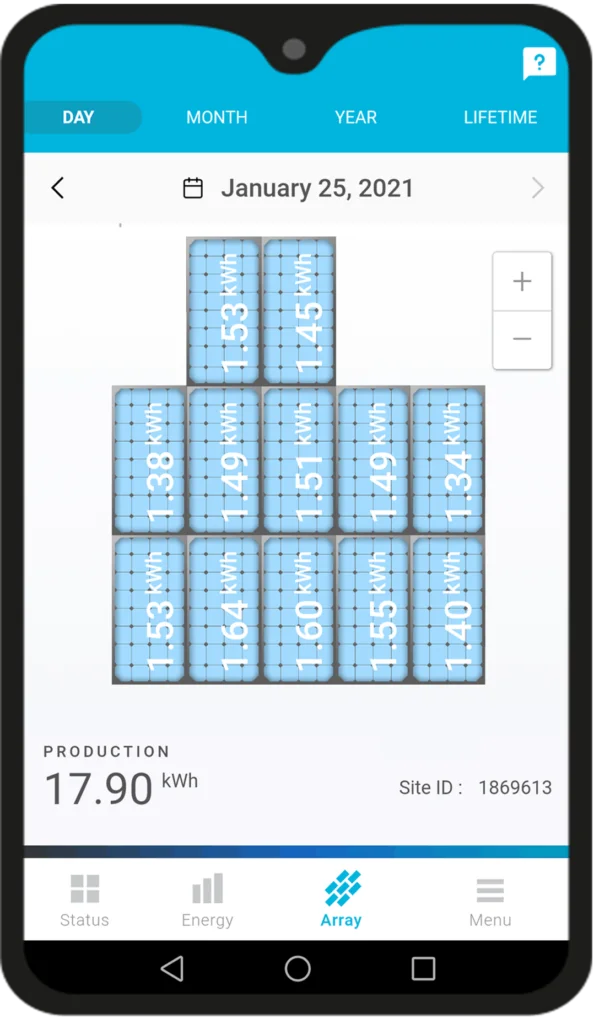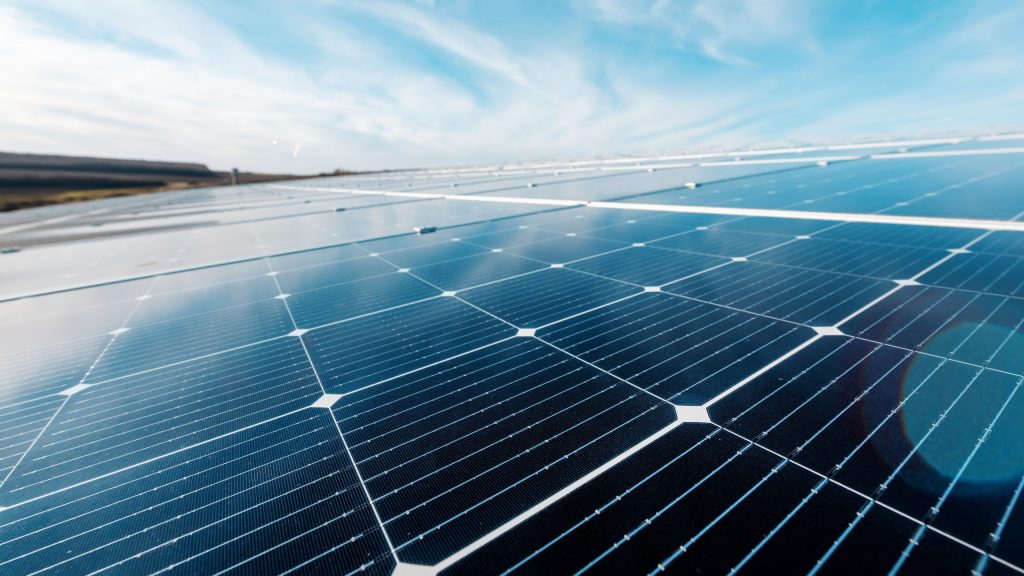
Hybrid Type Solar
Let’s LEARN How to have a 24/7 Reliable Power Supply
Uninterruptible Solar – The Sun never sets!
Let’s take this step by step for a better understanding!
This is the most comprehensive solar energy package solution with multiple power back-up system. Before we get into what a hybrid solar solution is all about we need to understand the principle behind an on-grid solar system and an off-grid solar system.
What is “Hybrid Solar PV System“?



Who should opt for the Hybrid Grid Solar System?
Best of Both Worlds
Consumers for whom On-Grid and Off-Grid systems are not suitable for various reasons
Regular Power Blackouts
Frequent Power Failure & very low-quality Grid supply with low voltage issues or dangerous power surges
Everyone
Suitable for all types of consumers in India like Urban or Rural, Residential or Commercial, Apartments or Industrial Factories
24*7 Reliable Solar
For everyone looking for 24*7 reliable electricity supply with a triple back-up system
Alternative Income
Those who want to earn money by selling extra solar power after taking care of their electricity needs
Economy & Ecology
Green Crusaders for carbon sequestration to tackle pollution & mitigate climate change



Advantages
Multiple power back-ups (Solar Modules, Battery Bank & Utility-Grid) that provide a truly uninterruptible power supply experience.
Export Electricity generated back to the grid through a Bi-directional meter & earn additional passive income. Fossil fuel-dependent Diesel Generators are avoided.

Reap accelerated depreciation Tax Incentives for the Solar Renewable assets held (MACRS depreciation).
Reduce High Electricity bills & minimize operational costs. Protect against future electricity price hikes from local ESCOM or DISCOM (BESCOM).
Balancing Ecology & Economy
Reduce CO2 Emissions, Stop Air-Pollution and
Tackle Climate-Change
The need for a well-designed system from Experts at Eyf Technologies
In a Hybrid solar system, there will be a regular maintenance cost concerning the battery bank considering that Battery Technology has its limited lifespan. Yet, this is a small price to pay for the convenience of uninterrupted 24×7 reliable power supply. The battery backup system should be well designed by a Solar PV specialists based on a comprehensive study of the electrical load, power consumption patterns of the consumer throughout the year, and the local weather conditions with average solar exposure (solar irradiation or solar insolation). If not, then the Hybrid system will be under-designed and it can cause the following issues:
– Low solar energy generation due to inadequate system sizing
– Smaller battery size that may not fulfil your energy demands
Worst Case Scenario:
There may be times when even a professionally designed Battery back-up system may not suffice your increasing power consumption or there might be decreased solar units generation due to lack of sufficient solar insolation than normally expected (Act of God). One needs to be aware of this possibility as well even though it may happen in the rarest of rare cases. Even in such cases, the Grid Electricity is always available in a Hybrid system and there is no need to install a Diesel Generator.
The working of a Hybrid system …

Scenario 1: Day-Time
The solar energy produced is utilized by the consumer to satisfy all their internal electrical needs and any excess generated solar units (Kilowatt-hour) is exported and sold to the Utility Grid through a Bi-Directional Energy Meter interface.
The import and export of electricity through a bi-directional meter is the currently available mechanism under the Net-metering Solar Policy of the Government. This system is set to be replaced by the Gross Metering mechanism soon.
“Bi-directional meter” Synonyms:
- Net metering
- Import-Export Energy Meter
Scenario 2: Cloudy Days
During rainy days and the winter season when the Insolation from the sun is low and solar electricity generation is reduced, the shortfall in energy production is fulfilled from the Public Utility Grid. Overall, the solar plate and the power-grid together fulfil the electrical load demands of the consumer. The entire process of switching between the solar panel electricity and the grid electricity is smooth and is automatically done by the solar inverter or the Power Conditioning Unit.
Despite being the land of the monsoons, Solar Power Production in India has a very high potential and is actively supported by the Government. Rooftop solar is very popular and widely adopted in Bangalore, Karnataka. Solar Distributed Generation or on-site generation (OSG) is not a thing of the future but of the present and is being implemented across India. The interactive Smart Grid future is here and NOW.
Scenario 3: Night-Time
During the night when the sunlight is unavailable, the electrical load requirements are met by the DISCOM Grid by importing electricity. The Net-Metering system facilitates the import-export mechanism of this Smart Grid Technology. Solar panel plates are completely inactive during the night and the power supply reliability is entirely dependent on the local ESCOM.
We can also understand the On-Grid system from a slightly different perspective. The extra solar energy produced during the day-time is stored in the grid which shall be used up during the night. In other words, the Utility-Grid acts as a battery bank in a Grid-Tied Solar PV system.
QR code

Corporate Address
- "Eesha", Survey No. 307/2/2, Khata 624/2 Nyanapahalli Main Rd, Near Stone Park, Chamundeshwari layout, Bengaluru, Karnataka 560068
- 9035553447
- info@eyftechnologies.com
Register Address
- 17/1 4th Cross, 2nd Block Chandra Sagar Chouldry Jayanagar Bengaluru Urban Karnataka 560011